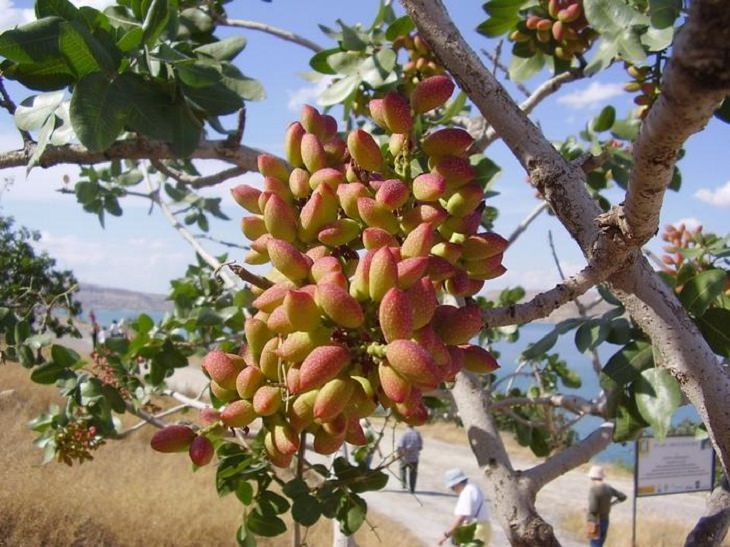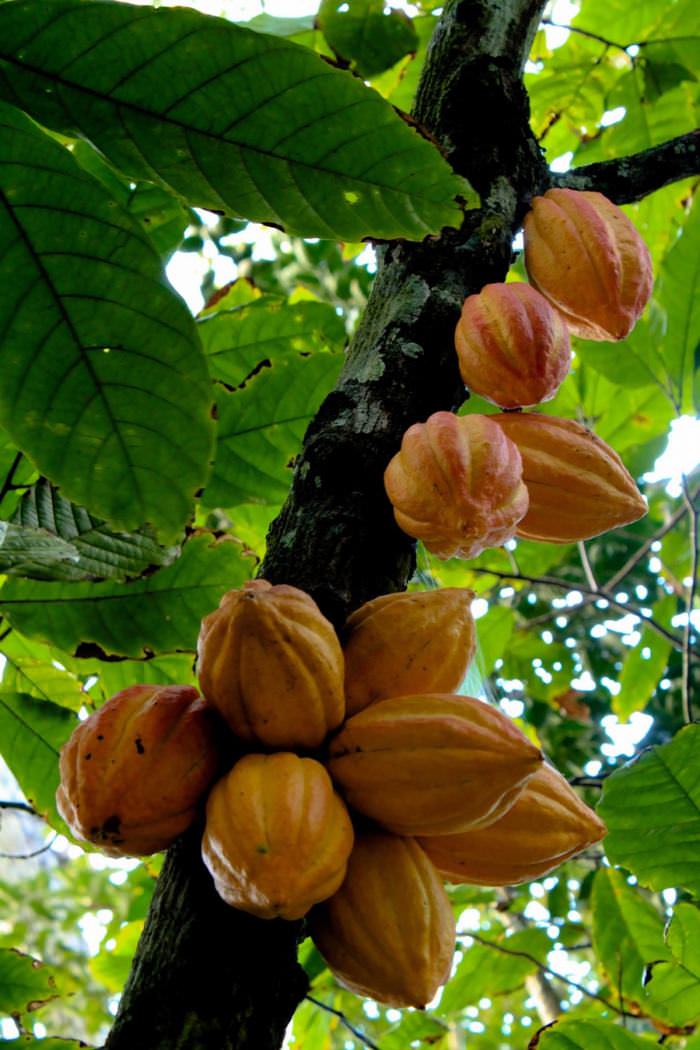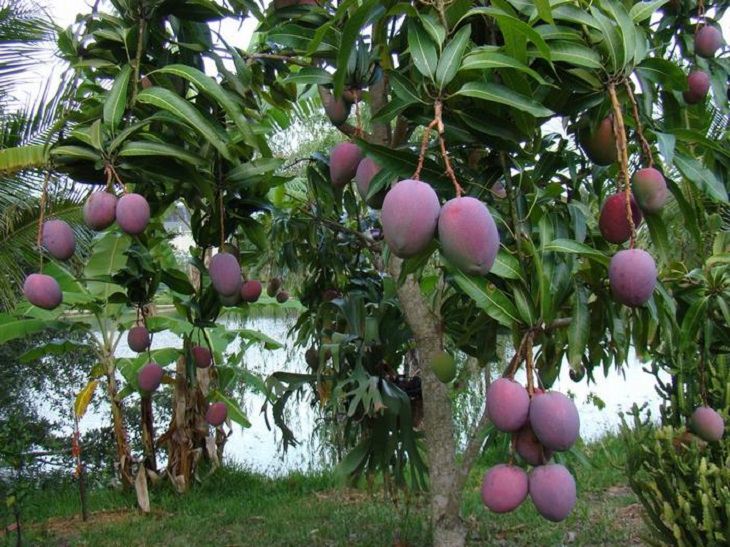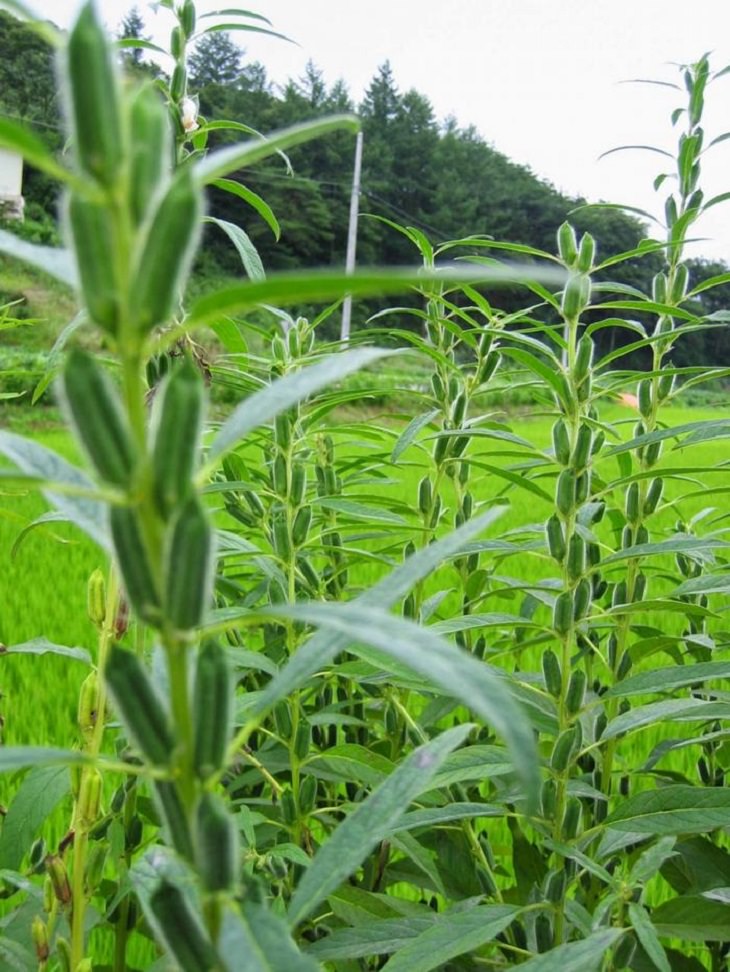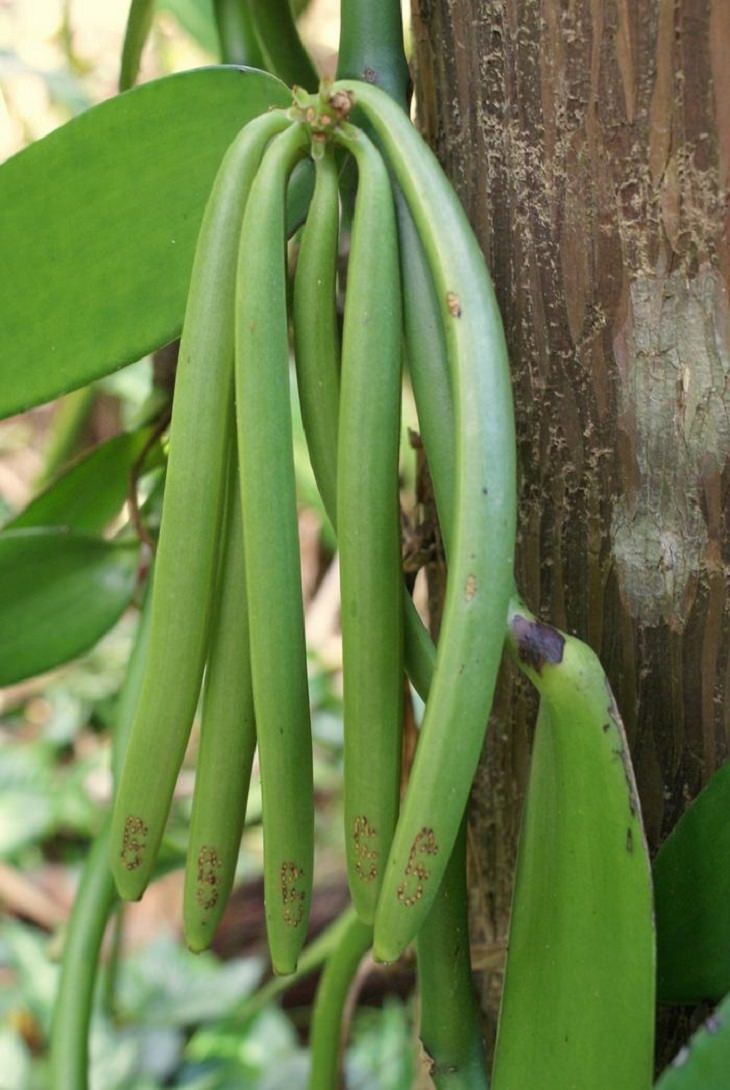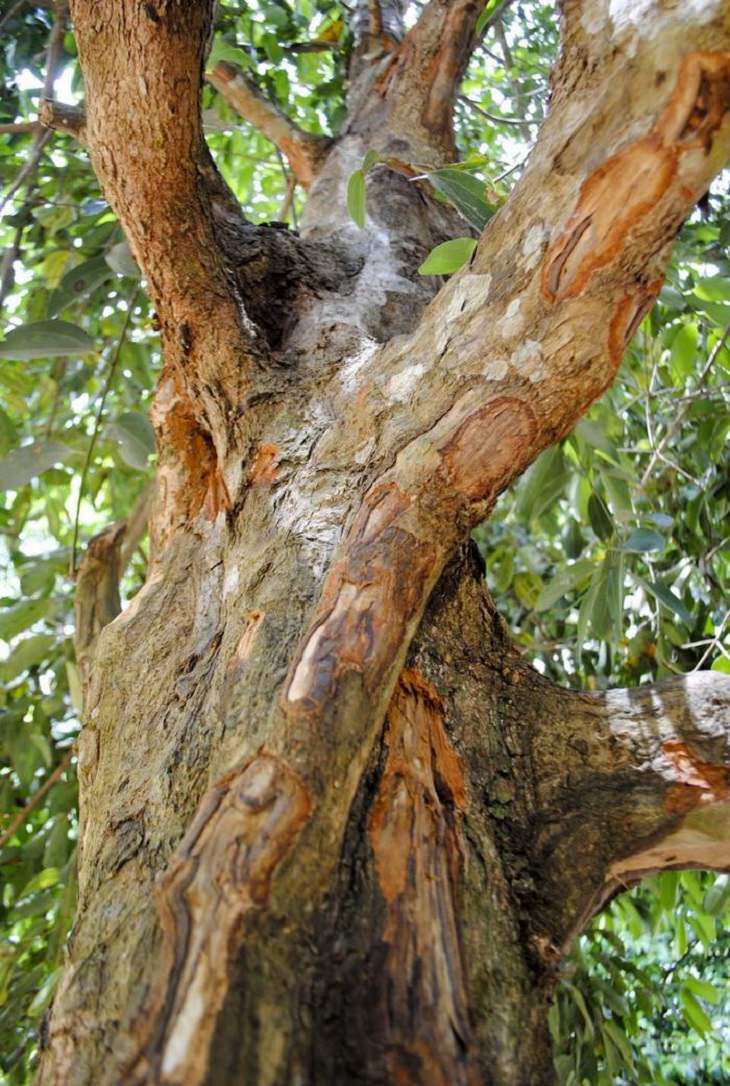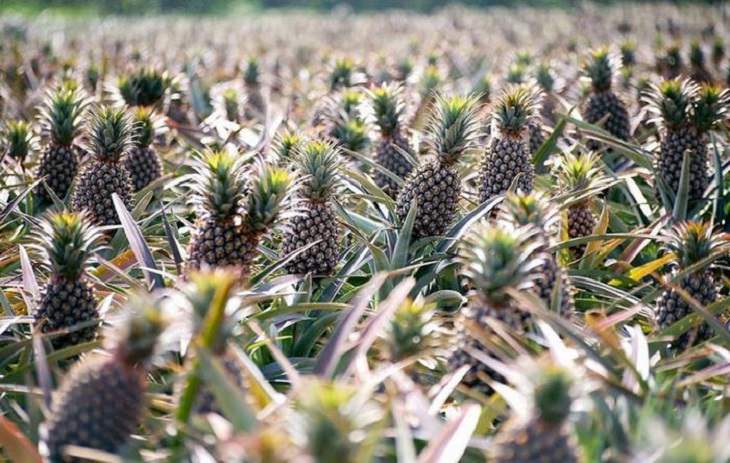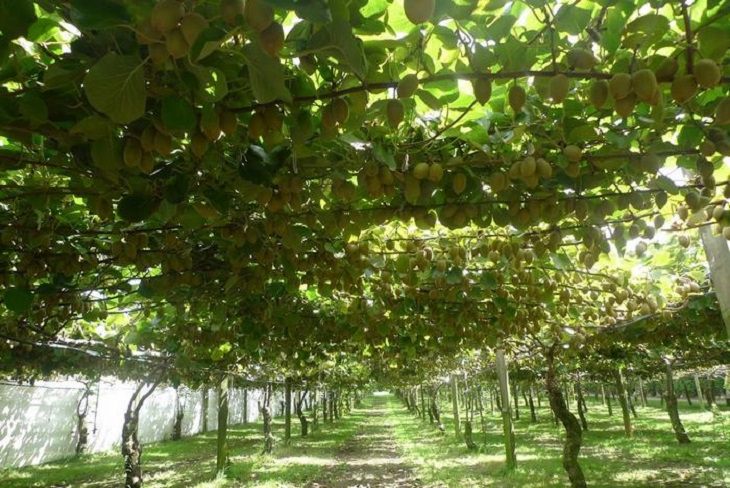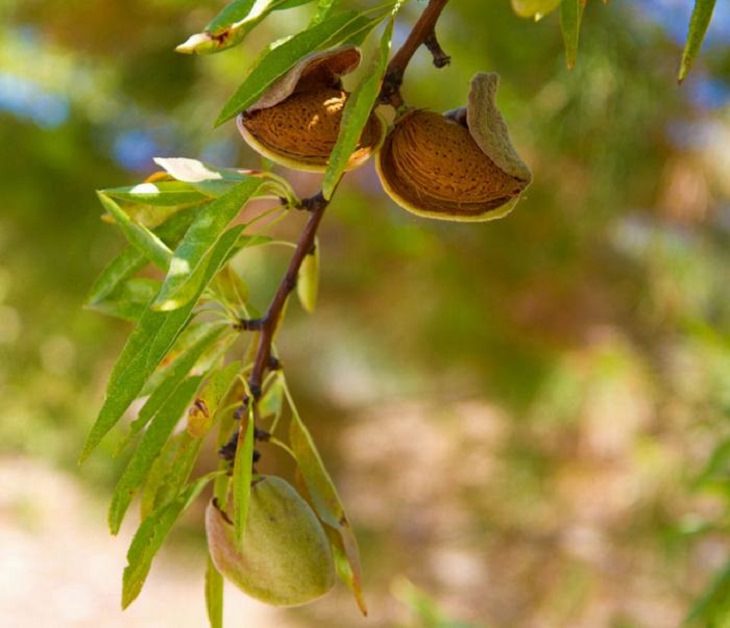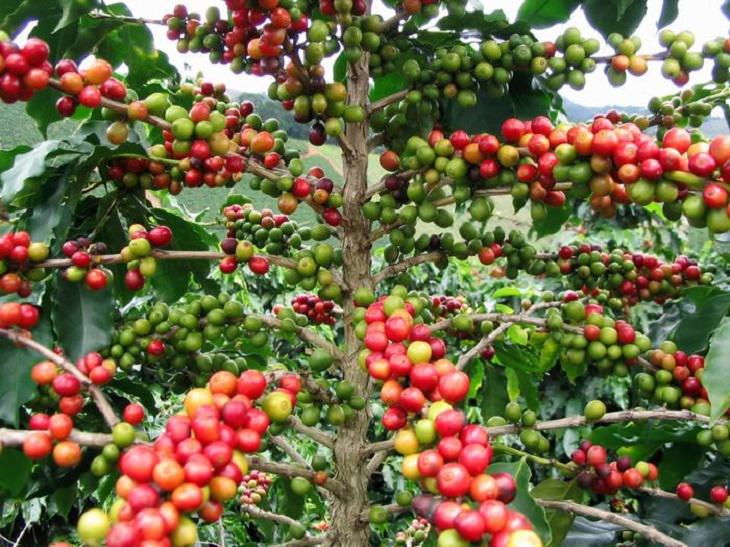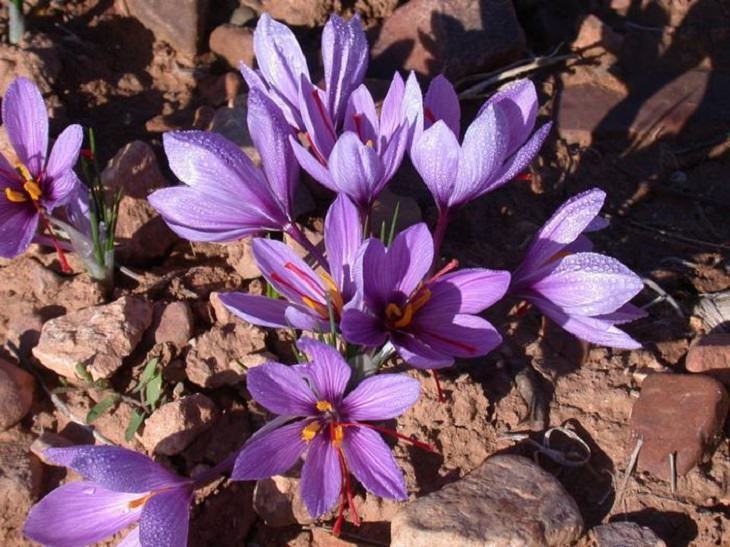1. Pistachio Nuts
Pistachios are the seeds produced by the Pistachio tree, which grows in sunny, desert conditions and well-drained soil. Each tree is either female or male, and produces fruit that contains an elongated seed - which eventually becomes the pistachio we eat. At first, the fruit is green, but when it ripens, it changes to a yellow/red (as seen in the picture) and physically splits apart with an audible pop.
2. Peanuts
Surprisingly, peanuts grow in a completely different way than pistachios. Rather than growing on branches in the open, peanut pods grow under the ground like legumes - an unusual occurrence among crop plants. Furthermore, unlike other nuts, peanuts have a soft exterior. This has raised questions about its classification as a "nut", since by definition, a nut is a fruit whose ovary wall becomes very hard at maturity.
3. Black Pepper
The plant that black pepper grows on is actually a flowering vine. Its fruit are dark red drupes (one-seed fruits, like peaches) that measure approximately five millimeters in diameter, and grow in bunches. When the drupe dries up, it is called a peppercorn, better known as black pepper (cooked and dried unripe fruit), green pepper (dried unripe fruit), and white pepper (ripe fruit seeds).
4. Cocoa
Theorbroma cocoa, which grows 4-8 meters high, and can be found in the deep tropical regions of Central and South America is the tree that gives us chocolate. The cocoa pods which this tree produces contain 20-60 seeds or "beans" surrounded by a white pulp. This pulp is used in some countries to make juice, smoothies, and jelly, whereas the cocoa beans are used to make delicious chocolate.
5. Mangoes
Mangoes belong to the flowering plant family Anacardiaceae and are native to South Asia. However, they can also be grown in other frost-free tropical and subtropical locations. When the tree is young, it grows orange-pink leaves that change into a dark, glossy red then dark green. The flowers produced by the tree are small and white with five petals, and have a mild, sweet scent. The fruit are drupes and take between 3 to 6 months to ripen.
6. Cashew Nuts
Cashew nuts grow on tropical, evergreen trees whose flowers are small and green at first, before turning into a reddish color. The fruit produced by this tree, known as the cashew apple, is yellow and/or red and pear-shaped, and grows as part of the flower stalk. This fruit has a sweet taste and is also used to make pulp. On the end of the cashew apple, grows a kidney-shaped drupe, which we call the cashew nut.
7. Sesame Seeds
Sesame seeds are produced from the highly-tolerant flowering plant sesamum, which is able to grow in places where other crops may fail. The plant's flowers are generally yellow and tubular, but they can also be white, blue, or purple. The fruits, which are the sesame seeds, are found in grooved capsules measuring 2-8 cm in length.
8. Vanilla
Vanilla flavoring originates from the vanilla orchid, native to Mexico, and grows in hot, wet, tropical climates. The flowers produced by the orchid are greenish-yellow, and only last for a day. In the wild, the flower has less than a 1% chance of being pollinated. This requires farmers growing vanilla to hand-pollinate them. The plant grows 15-23 cm-long pods (the fruit) from which vanilla extract is obtained.
9. Cinnamon
Cinnamon is obtained from the bark of trees that belong to the genus Cinnamomum. This is easier said than done. After the tree has been growing for two years, the cultivators need to coppice it (cutting the stems at ground level) and process it immediately. This process requires cutting off the outer bark and scraping off the inner bark. This inner bark, upon drying, will turn into the cinnamon flakes we find available for sale.
10. Pineapple
Pineapples, surprisingly, don't hang from trees, but rather grow from plants, upright. The plant is roughly 1-1.5 meters in height, and produces tough, waxy leaves and up to 200 flowers. They vary from light purple to red in color. These flowers are absolutely necessary for the production of this sizable, juicy fruit, the growth of which is only possible thanks to their joint effort. All together, the flowers form the body of the pineapple.
11. Kiwi Fruit
Although there are quite a number of variations of kiwi fruit, they are all grown on vines, which are quite difficult to pollinate, since the flowers they produce aren't very attractive to bees. It may take seedlings up to 7 years before they flower for the first time, making it a very lengthy process. The fruits are hand-picked, and ripen after a few days to a week.
12. Almonds
The almond tree grows 4-10 meters in height and grows best in Mediterranean climates. It produces white or pale pink flowers that appear before the leaves in early spring. Some 7-8 months after flowering, the fruit starts to mature, appearing as a thick-coated, grey-green drupe, inside of which the seed holding the almond can be found. It has a hard, woody outer shell that protects the edible part of the almond.
13. Coffee
Coffee is produced by shrubs native to tropical and southern Africa and tropical Asia. The fruit that appear as red or purple "cherries" are drupes that each contain two seeds - the coffee beans. They only grow 3-5 years after planting and take about 9 months to ripen, but the plant is able to produce fruit for an impressive 50 to 60 years.
14. Saffron
The saffron we use in cooking is extracted from the flower of the plant known as "Saffron Crocus". This plant produces flowers of a lilac color and a sweet, honey-like fragrance. Each flower contains a bright crimson stigma that is collected by cultivators to obtain saffron. In order to yield 1 gram of this spice, around 150 flowers are needed.
15. Brussels Sprouts
You will find Brussels sprouts growing like buds on the stalks of the plant species known as Brassica oleracea. They are found attached to it in interesting helical patterns, and just like cabbage and broccoli, these vegetables have no protective skin or shell, but are fully edible as they appear. They are hand picked from the stalks, each of which can produce up to 1.4 kg (3.1 lb) of sprouts.

